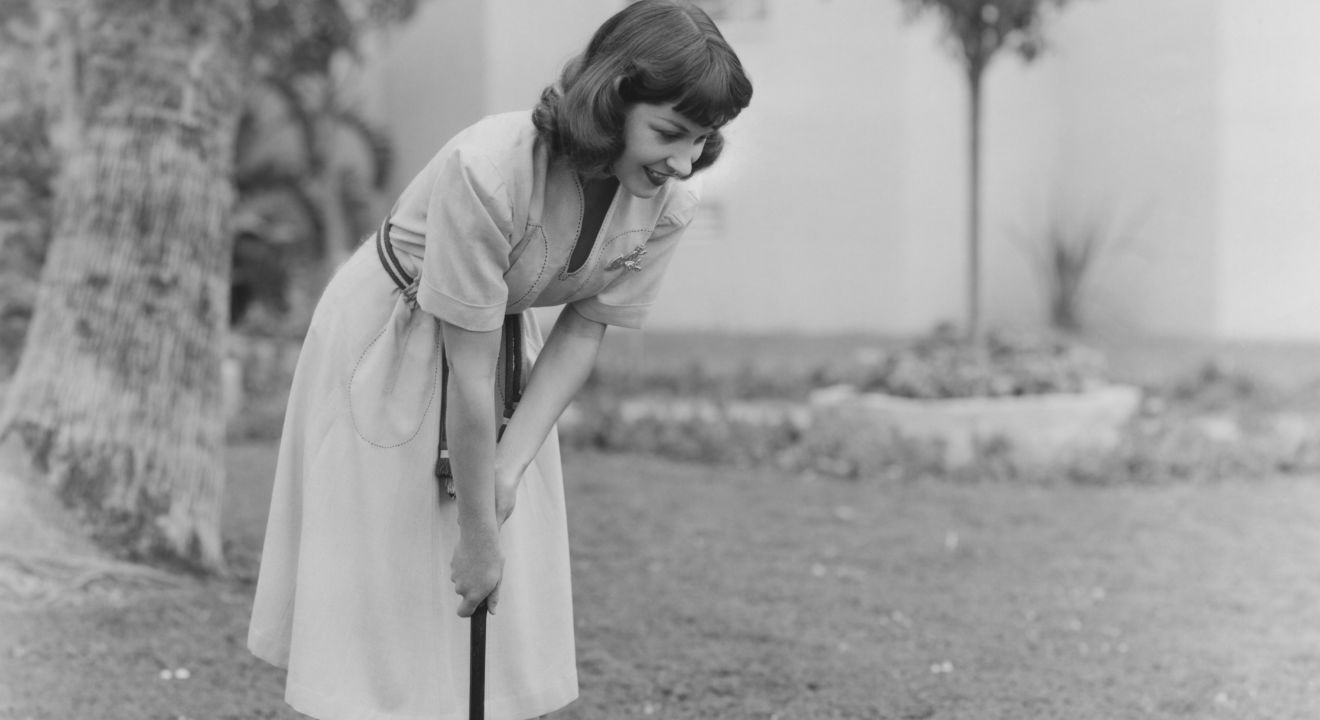Culture August 10, 2016


Uno! Oh wait, that’s wrong. Croquet! Wait, that’s still wrong.
What is croquet anyway? It seems like most of what we know about the game comes from movies depicting dapper men and skirted women playing on their lawns in front of massive mansions. Or the scene in “Alice in Wonderland” (1951), in which Alice and the Queen of Hearts compete using various wildlife and a deck of cards.
As with most things in life, there is more to the game than meets the eye. Croquet actually has a very long and fascinating history that dates back to medieval Europe. The game is believed to have originated in France in the 16th century and was called paille maille, and later, pall mall. The game was popularized in England after a man named Isaac Spratt established the official rules of croquet in 1856.
Croquet quickly became the national pastime of England from the 1860s through the 1870s. During this time, the sport spread from the UK to Australia, New Zealand, the United States, Canada and South Africa. Croquet even made it to the Olympics in 1900 and 1904, although it was quickly replaced by the brand-new game of tennis.
Croquet has many different variations, often depending on the rules of each country. In the United States, the most common form of croquet played is 9-wicket croquet. In most variations, the basic set-up remains the same: players compete with either two or four players, with two balls per team. Using what is known as a mallet, players hit their balls between hoops, or wickets, in a zigzag pattern. Each time a player hits the ball through a hoop, he or she is allowed to hit the ball again. The game ends when one side has managed the entire course of hoops to return to the starting stake.
Although it may not seem like it, croquet changed culture and society, especially affecting women. One of the reasons for croquet’s wild popularity was that entire families could play the game together. As a result, there was no separation between genders; men and women gathered to play the sport together without the need for a chaperone.
Finally, women could play against men on equal ground. Women planned croquet parties instead of garden parties. Eventually, even fashion was forced to keep up. It soon became clear that the long, heavy skirts that women wore were not suitable for the activity. With layer of petticoats and overskirts, it was hard for a woman to see the ball at her feet, let alone hit it with a mallet. Soon, designers were producing clothes that allowed women to hike up their skirts to secure them with buttons or belts. Over time, skirts became shorter and shorter in croquet fashion, allowing as much as the ankle to show.
Today, croquet is still played, although with somewhat less national focus than at its peak in the 1860s. There are many variations to the sport including golf croquet and supersize croquet, which is played with soccer balls. For the most part, croquet is still largely recreational, although it is also played on the competitive level. With national and international competitions alive in countries all over the world, croquet seems to be making quite the revival.
All information was taken from United States Croquet Association and the Croquet Foundation of America.